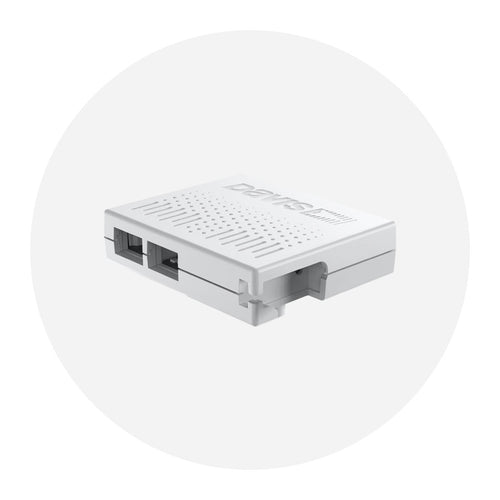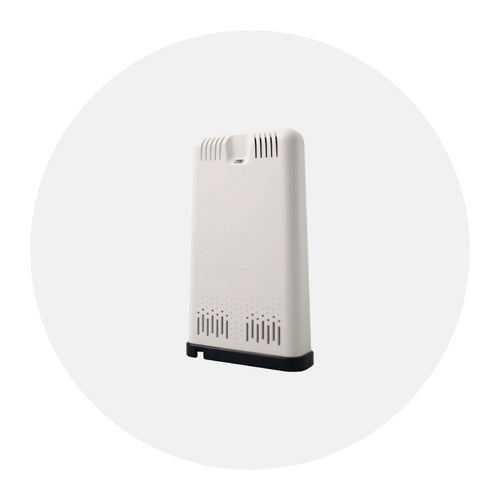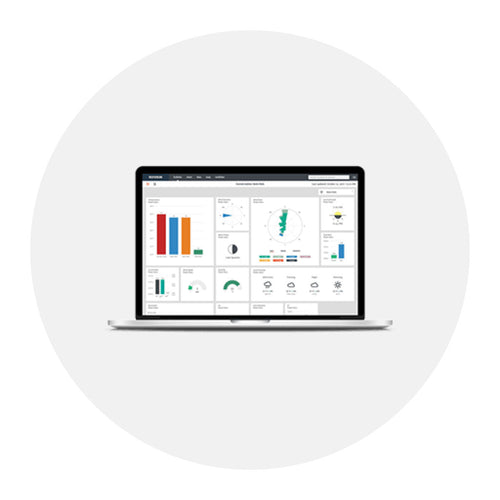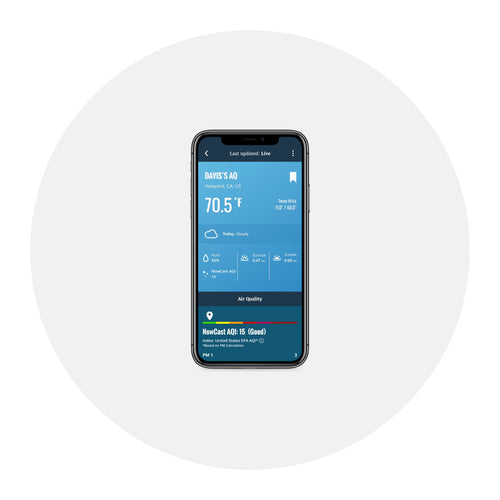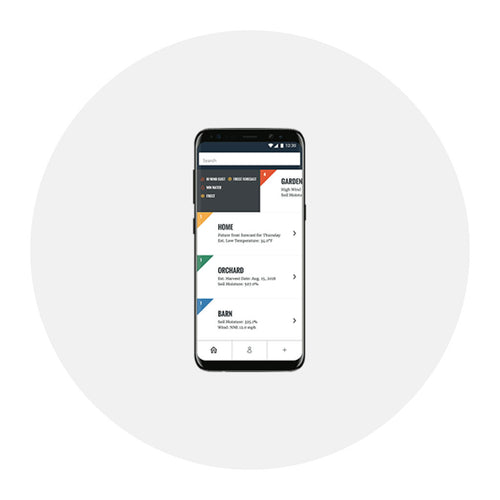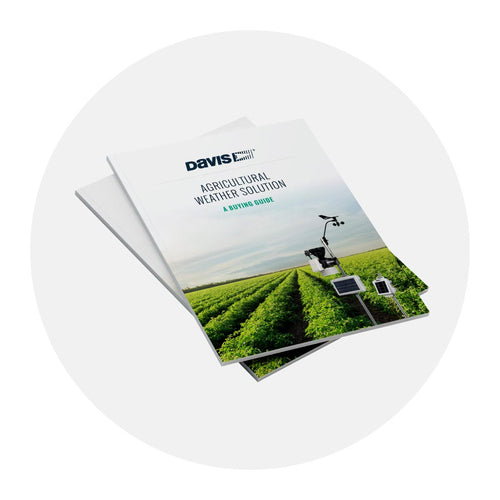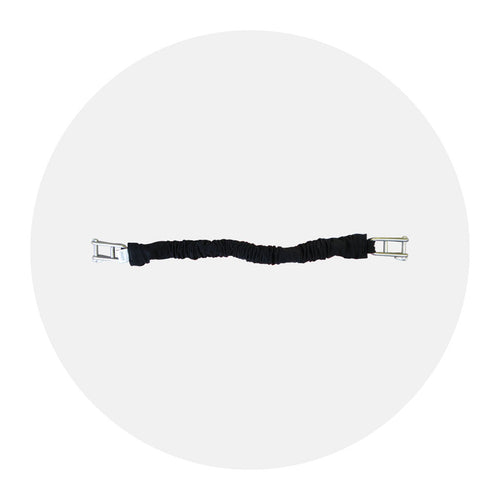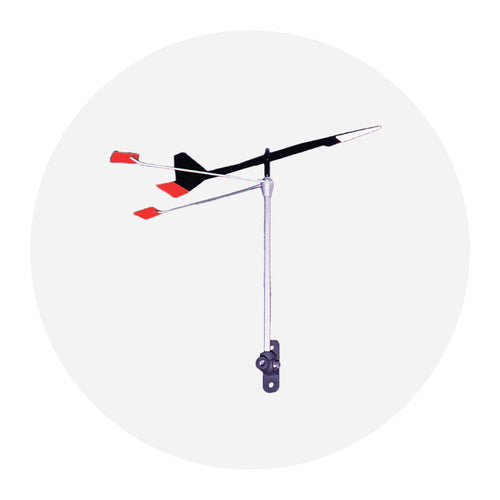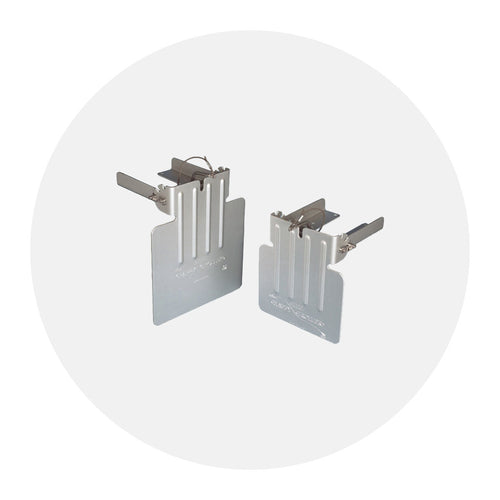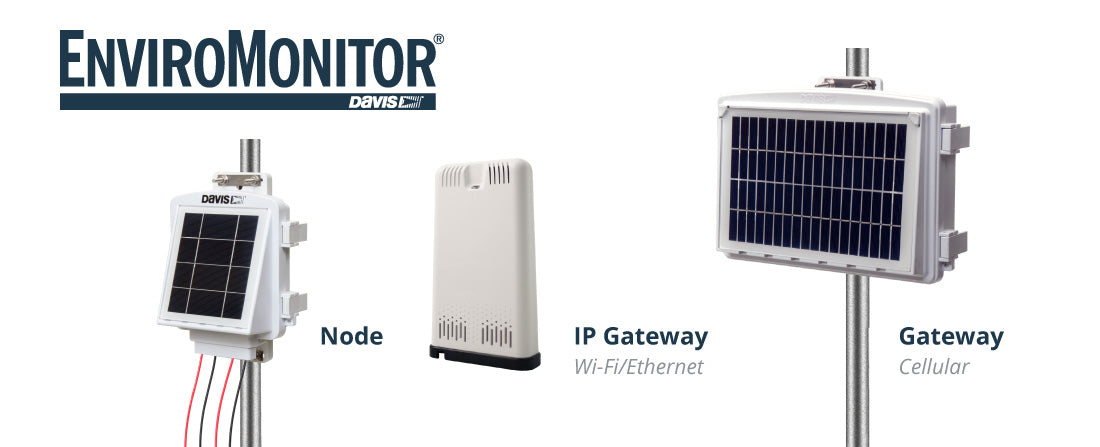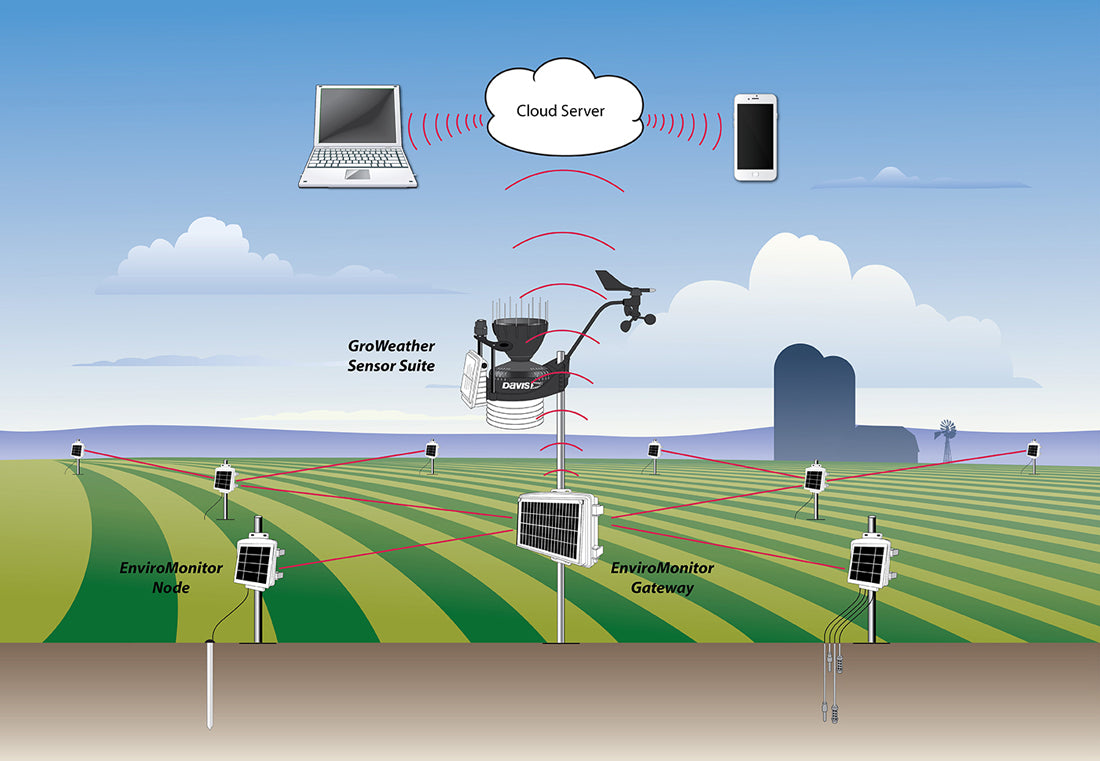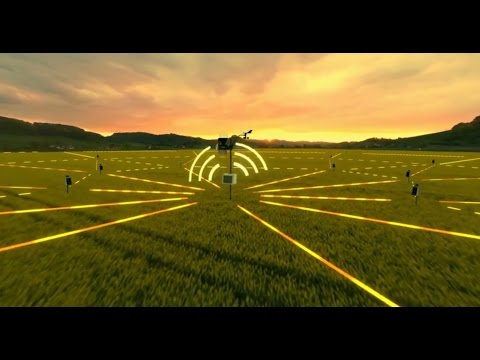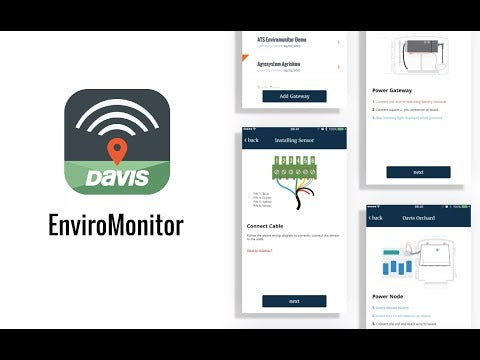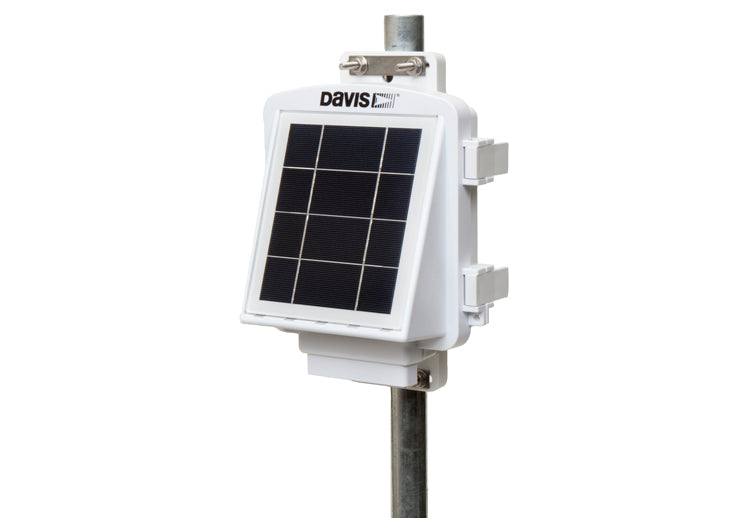
EnviroMonitor Node - SKU 6810
Free Shipping Available
Davis Instruments is a leading maker of weather data collection solutions for agricultural production, research facilities, universities, schools, and weather hobbyists. The EnviroMonitor Node is an environmental and weather node that sends data from up to four sensors to an EnviroMonitor Gateway. You can create an array of sensors and collect data from microclimates and across production fields.
With the EnviroMonitor Gateway, you can collect sensor data from up to 32 environmental and weather node sites. Each Node transmits data to the Gateway and/or to each other, creating a self-optimizing mesh network. The EnviroMonitor Node supports a wide range of data sensors from Davis and other third-party manufacturers. You can install up to four sensors in a Node, including level sensors, anemometers, pressure switches, temperature gauges, salinity sensors, soil moisture sensors, leaf wetness sensors, and many more.
Highlights Click here to learn more about the product.
- Nodes connect over a self-optimizing mesh network and feed critical sensor data to an EnviroMonitor Gateway.
- Connect up to 32 Nodes to one Gateway with up to four sensors in each Node.
- Choose from a growing list of Davis and third-party sensors including soil moisture, temperature, salinity; flow meters, pressure switches, level sensors, and anemometers.
- Add Long Range Antennas to get communication range from Node-to-Node or Node-to Gateway of up to 10,000’/3,000 m.
- Easy sensor installation: the EnviroMonitor app walks your through installation using your phone’s Bluetooth function.
- Self-contained, weather-resistant shelter is easy to mount on a post or pole.
- Solar-powered with 4 D-cell backup batteries.
- One-year manufacturer’s warranty.
FAQsClick here to view popular questions and answers about the product.
How does an EnviroMonitor Node work?
The EnviroMonitor Node is simply a relay that transmits data from the sensor array to the Gateway so that it can be uploaded to the WeatherLink Cloud. The sensors are installed directly in the Node. The Node processes the data and sends it to the Gateway and to other Nodes via the mesh network. The Gateway then uploads the data to the Cloud via cellular or Wi-Fi communication.
How do I Install an EnviroMonitor Node?
The first step to installing your Node is planning which sensors you need and where to mount the Node or Nodes and Gateway.
The Nodes should be placed where the data is needed, and so that they have unobstructed lines of sight to the Gateway or another Node. Obstructions like hills, large metal barriers, or trees could block the signal - you might need to plan additional Nodes to act as repeaters to avoid such obstructions. Mounting the Nodes and Gateway as high off the ground as possible can increase the transmission range. Since the Nodes communicate with each other, you can create a chain or mesh network that covers a distance much longer than the transmission range of a single Node.
Each Gateway can receive data from up to 32 Nodes. (You can add additional Gateways to your account to receive data from additional Nodes.)
Once you have a plan for where your Gateway and Nodes should be mounted, The EnviroMonitor app will walk you through the steps to set up and mount each component of your system. You will need to go to the iOS App Store or Google Play Store and download the EnviroMonitor App onto your smartphone.
Where can I use an EnviroMonitor Node?
The EnviroMonitor Node is designed for use in fields, greenhouses, gardens -- even those that are quite remote. It is solar-powered and uses four D-cell batteries for backup. It is also self-contained and weather resistant. You can mount it on a post or pole, and it comes with a selection of mounting hardware for various mounting situations. You can add a long-range antenna that can extend the transmission range up to 10,000'. This makes it perfect for use in remote locations or building an array of sensors across a large field.







